Sonus Paradisi
Burton, 1860 [Obra principal]
Burton, 1860 [Obra principal]
No se pudo cargar la disponibilidad de retiro
Hill Organ, Burton (Inglaterra) - Berlín (Alemania), ca. 1860-1870
El órgano fue construido en la década de 1860 por William Hill, originalmente para la Iglesia de San Pablo en Burton, antes de ser transferido e instalado en la Iglesia Metodista de la Trinidad y la Iglesia Reformada Unida en Burton-upon-Trent en 1896. Debido a la disminución de la asistencia, la iglesia se cerró recientemente, y el órgano encontró su nuevo hogar en la capital alemana, Berlín. Fue instalado en la iglesia de San Afra en Gesundbrunnen en 2015.
El constructor del órgano fue William Hill (1789-1871), un aprendiz de Thomas Elliot. Hill fue una figura innovadora, experimentando con grandes brújulas (teclados extendidos a CC bajos), grandes escalas, nuevos tipos de registros y altas presiones de viento. A mediados del siglo XIX, desarrolló un estilo de órgano que representaba una desviación radical del estilo inglés más antiguo. Se llamó el "sistema alemán". La flexibilidad del órgano inglés también está de acuerdo con el uso secular de los órganos, que se hizo popular en la era victoriana. Los grandes Ayuntamientos comenzaron a instalar órganos para presentar conciertos de música romántica para órgano y grandes composiciones orquestales. Se adaptó en Inglaterra una fusión de gustos alemanes y franceses para formar un tipo de órgano que pudiera usarse tanto para propósitos litúrgicos como de concierto. El órgano de Burton (ahora Berlín) tiene más de 2000 tubos, 48 registros sonoros en 3 manuales y un pedal.
Presentado a usted por Leonart Studio, su revendedor autorizado de Sonus Paradisi en Suiza (enviado internacionalmente). Obtenga sus órganos históricos muestreados digitalmente para su uso con el software de instrumento virtual Hauptwerk.
Comparte este Conjunto de Muestra
![Burton, 1860 [Obra principal]](http://artful.shop/cdn/shop/files/ss_hill1.jpg?v=1692921988&width=1445)
![Burton, 1860 [Obra principal]](http://artful.shop/cdn/shop/files/ss_hill2.jpg?v=1692921989&width=1445)
![Burton, 1860 [Obra principal]](http://artful.shop/cdn/shop/files/ss_hill3.jpg?v=1692921988&width=1445)
![Burton, 1860 [Obra principal]](http://artful.shop/cdn/shop/files/ss_hill5.jpg?v=1692921988&width=1445)
![Burton, 1860 [Obra principal]](http://artful.shop/cdn/shop/files/ss_hill6.jpg?v=1692921989&width=1445)
![Burton, 1860 [Obra principal]](http://artful.shop/cdn/shop/files/ss_hill7.jpg?v=1692921989&width=1445)
![Burton, 1860 [Obra principal]](http://artful.shop/cdn/shop/files/ss_hill8.jpg?v=1692921988&width=1445)
![Burton, 1860 [Obra principal]](http://artful.shop/cdn/shop/files/ss_hill11_c7432177-33e9-4b27-839e-04dbd3429d9f.jpg?v=1692921987&width=1445)
Especificación (lista de detención)
-
Manual I
Coro C–g3
Gedact 8′
Violón de Orquesta 8′
Aeoline 8′
Flauta Parada * 4′
Nazard 2 2/3′
Piccolo 2′
Tierce 1 3/5′
Larigot 1 1/3′
Oboe Orquestal 8'
Clarinete 8'
Tuba (G.O.) 8'
Tremulante
* la Flauta es un registro de flauta abierta en agudo. -
Manual II
Gran C–g3
Bourdon 16′
Diapasón Abierto 8′
Diapasón Abierto Pequeño 8′
Diapasón Detenido 8′
Gamba 8′
Principal 4′
Flauta Armónica 4′
Duodécima 2 2/3′
Quinceava 2′
Mezcla III
Trompeta 8′
Tuba 8′ -
Manual III
Swell C–g3
Bourdon 16′
Diapasón Abierto 8′
Flauta de Tubo 8′
Salicional 8′
Voz Celeste 8′
Vox Angelica 8′
Gemshorn 4′
Flauta Suave 4′
Quince 2′
Mezcla III
Clarinete Doble 16′
Cornopean 8′
Oboe 8′
Clarín 4′ -
Manual IV
-
-
Pedal
Pedal C–f1
Bajo Resultante 32′
Diapasón Abierto 16′
Violone 16′
Bourdon 16′
Echobass 16′
Principal 8′
Viola 8′
Flauta de Bajo 8′
Flauta Coral 4′
Trombón 16′
Tromba 8′ -
Otra especificación
Acopladores:
Todos los acopladores: unísono, sub- y super-acopladores, acopladores de melodía
Accesorios:
Unísono apagado para cada división
Crescendo (activado por un botón Cr+. Nota: El interruptor Cr+ debe estar encendido para que el Crescendo funcione.)
2 pedales de expresión
Combinaciones divisionales y generales. Las combinaciones divisionales de Pedal y Gran pueden ser acopladas a través de un interruptor dedicado. Cuando están acopladas, presionar el botón divisional de Gran también activará el botón divisional correspondiente de Pedal.
Historia
Órgano Hill, Burton (Inglaterra) - Berlín (Alemania), ca. 1860-1870
El órgano fue construido en la década de 1860 por William Hill, originalmente para la Iglesia de San Pablo en Burton, antes de ser trasladado e instalado en la Iglesia Metodista de la Trinidad y Reformada Unida en Burton-upon-Trent en 1896. Este órgano de tubos ha impresionado a los fieles y amantes de la música allí durante 150 años. La reverenda Julia Pellett, ministra superintendente del circuito metodista de Burton, dijo: "Era uno de los mejores órganos de la zona, y las personas que nunca lo habían escuchado antes quedaban completamente sorprendidas por su sonido, que era simplemente brillante". Debido a la disminución de la asistencia, la iglesia fue cerrada recientemente, y el órgano encontró su nuevo hogar en la capital alemana, Berlín. Fue instalado en la iglesia de Santa Afra en Gesundbrunnen en 2015.
El constructor del órgano fue William Hill (1789-1871), aprendiz de Thomas Elliot. Su carrera es notable dentro de la construcción de órganos inglesa. En 1925, se convirtió en copropietario de la empresa Elliot & Hill, más tarde renombrada como Hill & Son. La empresa pronto ganó una excelente reputación. Hill fue una figura innovadora, experimentando con grandes brújulas (teclados extendidos a CC bajo), grandes escalas, nuevos tipos de registros y altas presiones de viento. En 1840, su instrumento del Ayuntamiento de Birmingham fue el primer órgano en el mundo en tener un registro de lengüeta de alta presión, una característica que más tarde se convirtió en el emblema del órgano inglés, generalmente llamado el Gran Ophicleide o Tuba Mirabilis. A mediados del siglo XIX, desarrolló un estilo de órgano que representaba una desviación radical del estilo inglés más antiguo. Se llamó el "sistema alemán". Todas las divisiones manuales comenzaban en C, se adoptó una división de pedal independiente y completamente desarrollada, la lista de registros se enriqueció con una paleta de registros de flauta y cuerda inspirados en Alemania, y las divisiones de swell crecieron. Hill persiguió su búsqueda de un instrumento que combinara poder con versatilidad musical. Quería desarrollar un órgano que pudiera tocar tanto las obras de J. S. Bach como transcripciones orquestales. En 1889, la empresa dirigida por su hijo construyó lo que en ese momento era el órgano más grande del mundo para el Ayuntamiento de Sídney en Australia. ¡Este órgano tenía 5 teclados, 127 registros y poseía un 64' Contra Trombón con resonadores de longitud completa! El órgano todavía existe, actualmente en excelente estado y, aparte de que su tono se bajó a A=440 en 1939, ahora está muy cerca de su estado original, incluyendo las acciones de tecla y registro tubular-neumáticas.
En 1916, la empresa se fusionó con Norman & Beard. Los logros de la siguiente generación de constructores de órganos (como H. Willis o T. C. Lewis) estuvieron muy en deuda con los esfuerzos pioneros de Hill.
La liturgia anglicana requiere que el órgano apoye el canto congregacional, incluyendo el acompañamiento de los famosos coros de niños y niñas británicos, ya que subraya su canto con voces que son únicas, dinámicas, coloridas, altamente diferenciadas, pero que también forman un todo coherente. La flexibilidad del órgano inglés también está en consonancia con el uso secular de los órganos, que se hizo popular en la era victoriana. Los grandes Ayuntamientos comenzaron a instalar órganos para presentar conciertos de música romántica para órgano y grandes composiciones orquestales. Se adaptó en Inglaterra una fusión de gustos alemanes y franceses para formar un tipo de órgano que pudiera usarse tanto para propósitos litúrgicos como de concierto. El órgano de Burton (ahora Berlín) tiene más de 2000 tubos, 48 registros sonoros en 3 manuales y un pedal.
El resumen de la historia del órgano está disponible por Iain Stinson.
Un agradecimiento especial a Martin Kondziella por toda su ayuda durante las preparaciones, grabación y desarrollo.
Características
Características
Las muestras se ofrecen en una resolución de 48kHz/24bit. Las múltiples versiones tienen tres niveles: corto, medio y largo. Se admite Hauptwerk v4.2 y superior. El conjunto de muestras se ofrece en un formato de onda simple, sin cifrado.
Tiempo de reverberación
El tiempo de reverberación es de aproximadamente 2 segundos.
Teclados, pedalera
El compás original de los teclados es de 56 teclas. El compás original de la división de pedales es de 30 teclas.
Tremulantes
Todos los registros fueron grabados con y sin tremulantes donde estaban disponibles para el comportamiento de tremulante más convincente. Sin embargo, cargar los registros auténticos con tremulante consume una gran cantidad de RAM. Es posible seleccionar usar el tremulante artificial en su lugar para ahorrar RAM (el interruptor se encuentra en la pestaña del mezclador).
Formato envolvente
El conjunto de muestras se ofrece en una variante envolvente (6 canales). Hay dos canales frontales directos, dos canales frontales difusos adicionales y dos canales traseros. Los canales frontales directos y difusos se pueden mezclar para lograr cualquier mezcla deseada, o cualquiera de los canales se puede usar solo. Además, los canales de audio frontales y traseros se pueden mezclar o usar por separado, dependiendo de las preferencias del usuario. Un "mesa de mezclas" dedicada está disponible en Hauptwerk para mezclar el sonido al nivel deseado. Para reproducir el formato envolvente, se requiere una tarjeta de audio con al menos 4 canales de salida, dedicando los cuatro canales frontales para los altavoces frontales y otros dos canales para los altavoces traseros.
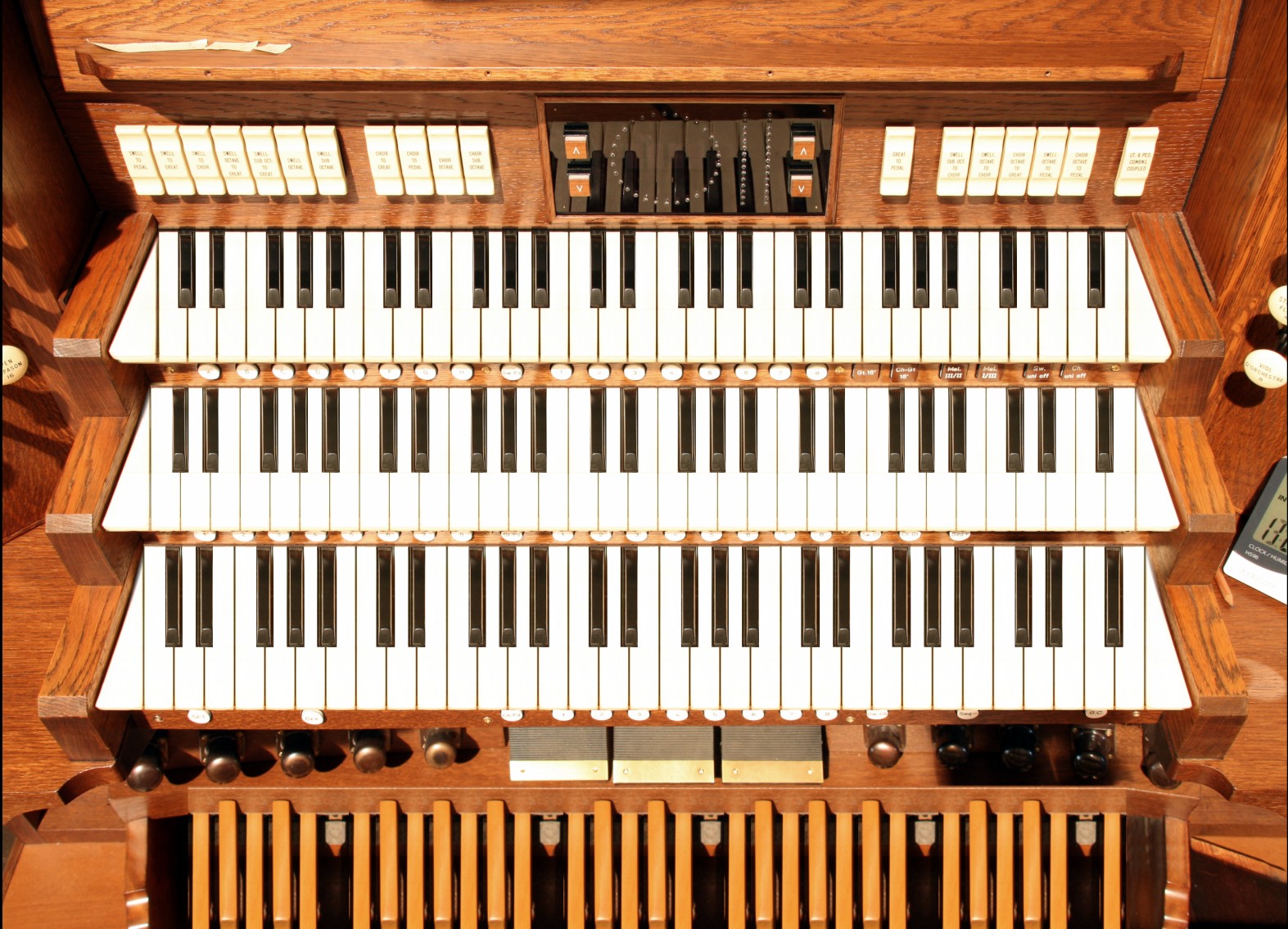
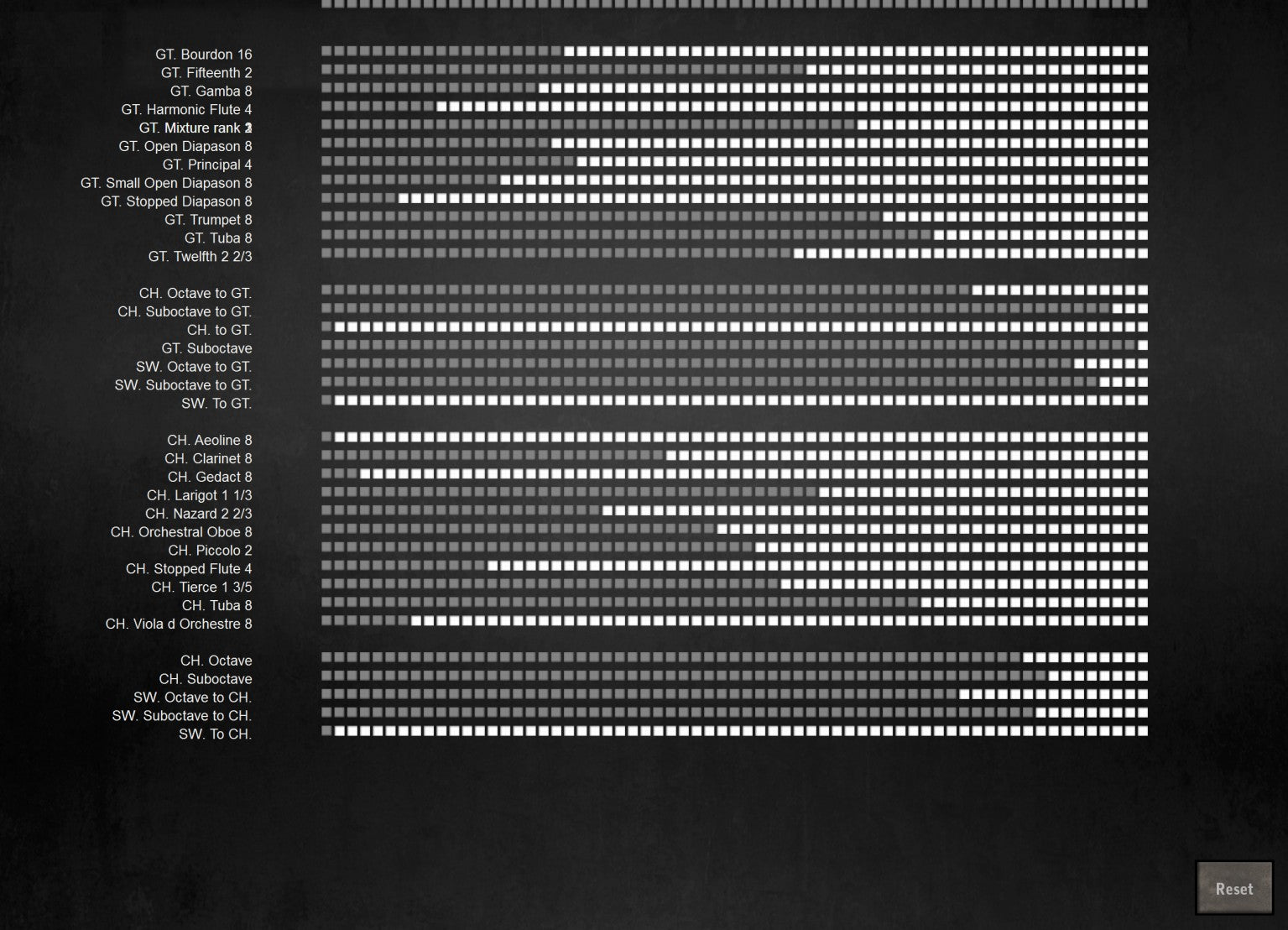
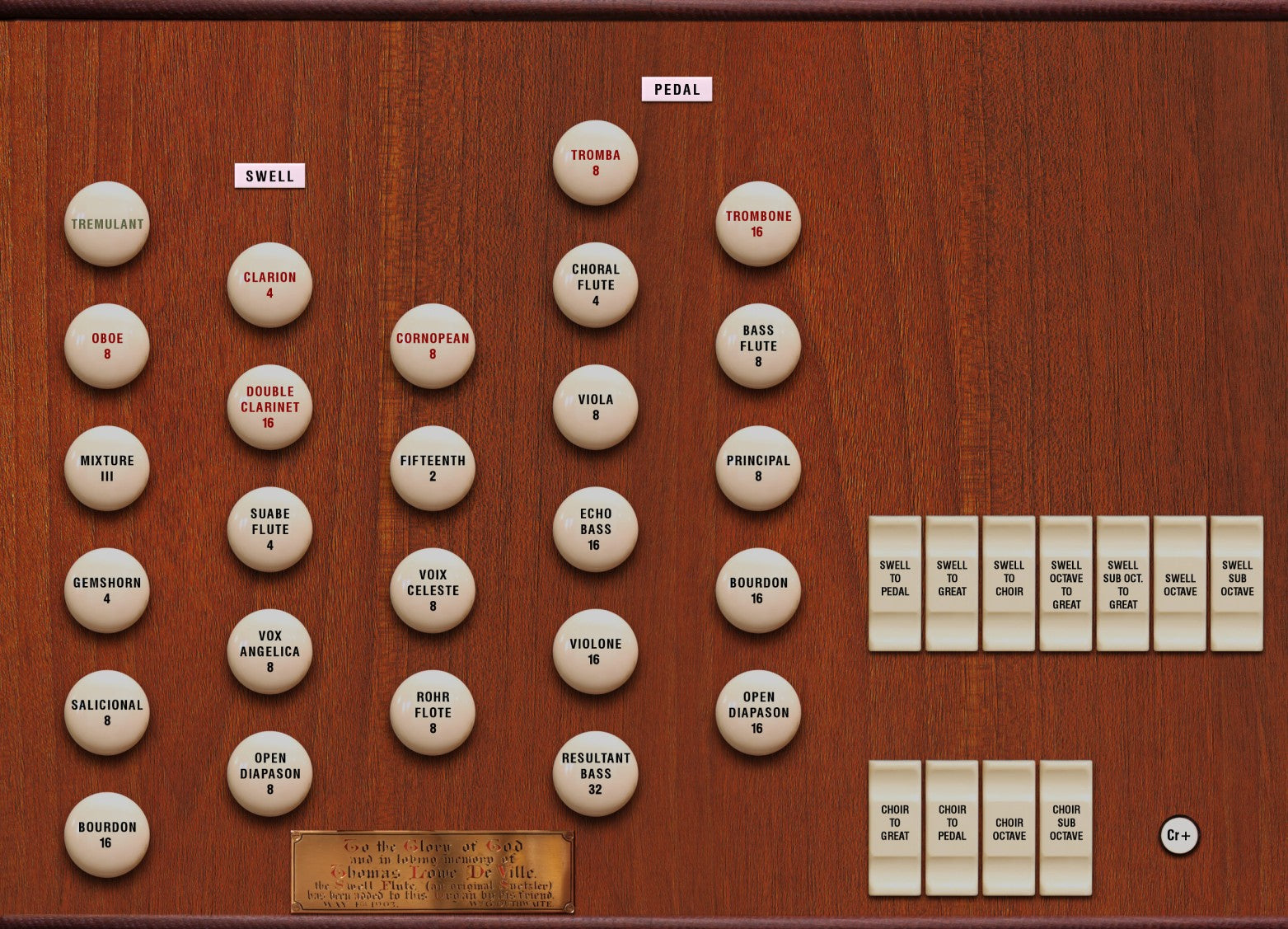
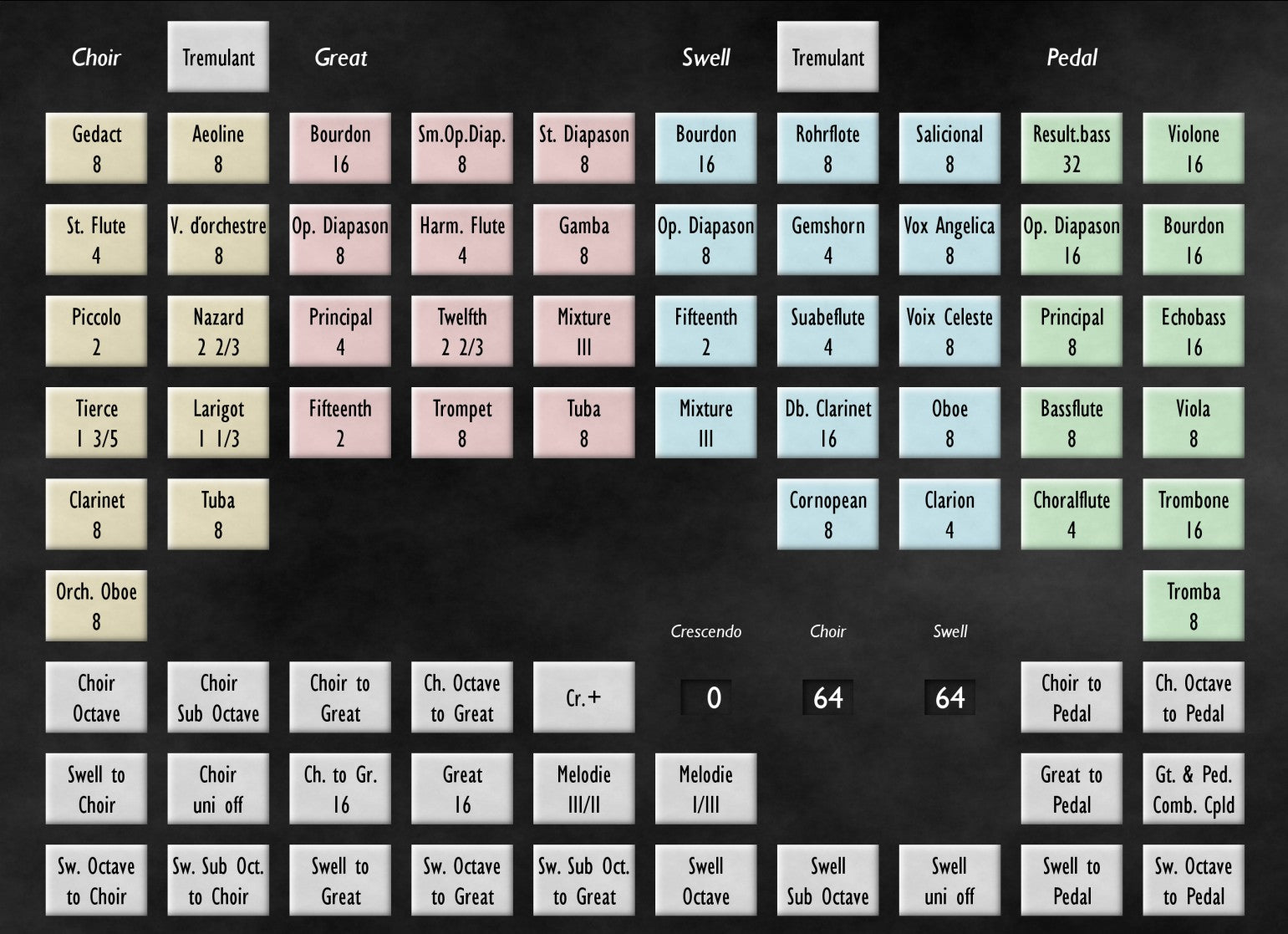
Requisitos
Hauptwerk v4.2 y superior soportados. El conjunto de muestras se ofrece en un formato de onda simple, sin encriptación.
Consumo de RAM: 6 canales envolventes
16 bits, otras configuraciones por defecto: 18.4 GB
20 bits, otras configuraciones por defecto: 29.1 GB (recomendado)
24 bits, otras configuraciones por defecto: 34.3 GB
Consumo de RAM: 2 canales (solo frontal directo)
16 bits, otras configuraciones por defecto: 6.8 GB
20 bits, otras configuraciones por defecto: 10.2 GB
24 bits, otras configuraciones por defecto: 12.0 GB
Resolución de pantalla 1280x1024 px o más.
Polifonía de 6000 voces recomendada para el sonido envolvente completo (mínimo 3500 tubos). Polifonía de 2500 tubos simultáneos recomendada para el uso de 2 canales.
Este conjunto de muestras de Hauptwerk se presenta a usted por Leonart Studio, un revendedor autorizado del fabricante Sonus Paradisi en Suiza (envíos internacionales). Disfrute de esta biblioteca de órganos muestreados digitalmente para su uso con el software Hauptwerk y comience a expandir su colección de órganos históricos hoy mismo.
Más conjuntos de muestras Hauptwerk
-
Schwerin, Dom, Ladegast Organ 1871 [Hauptwerk]
Proveedor:Sonus ParadisiPrecio habitual CHF 616.00Precio habitualPrecio unitario / por -
Segovia, 1772 [Obra maestra]
Proveedor:Sonus ParadisiPrecio habitual CHF 317.90Precio habitualPrecio unitario / por -
Groninga, 1450-1740 [Obra principal]
Proveedor:Sonus ParadisiPrecio habitual A partir de CHF 658.90Precio habitualPrecio unitario / porCHF 1,681.90Precio de oferta A partir de CHF 658.90Oferta -
San Maximin, 1775 [Obra principal]
Proveedor:Sonus ParadisiPrecio habitual CHF 440.00Precio habitualPrecio unitario / por -
Reuter, 1928 [Obra principal]
Proveedor:Sonus ParadisiPrecio habitual CHF 473.00Precio habitualPrecio unitario / por -
Casavant, 1995 [Obra principal]
Proveedor:Sonus ParadisiPrecio habitual CHF 174.90Precio habitualPrecio unitario / por -
Rotterdam Hoofdorgel, 1973 [Hauptwerk]
Proveedor:Sonus ParadisiPrecio habitual A partir de CHF 330.00Precio habitualPrecio unitario / porCHF 958.10Precio de oferta A partir de CHF 330.00Oferta -
Piacenza, 1838 [Obra principal]
Proveedor:Sonus ParadisiPrecio habitual CHF 330.00Precio habitualPrecio unitario / por -
Bückeburg, 1997 [Obra principal]
Proveedor:Sonus ParadisiPrecio habitual A partir de CHF 1.10Precio habitualPrecio unitario / por -
Lüdingworth, 1683 [Obra principal]
Proveedor:Sonus ParadisiPrecio habitual CHF 330.00Precio habitualPrecio unitario / por


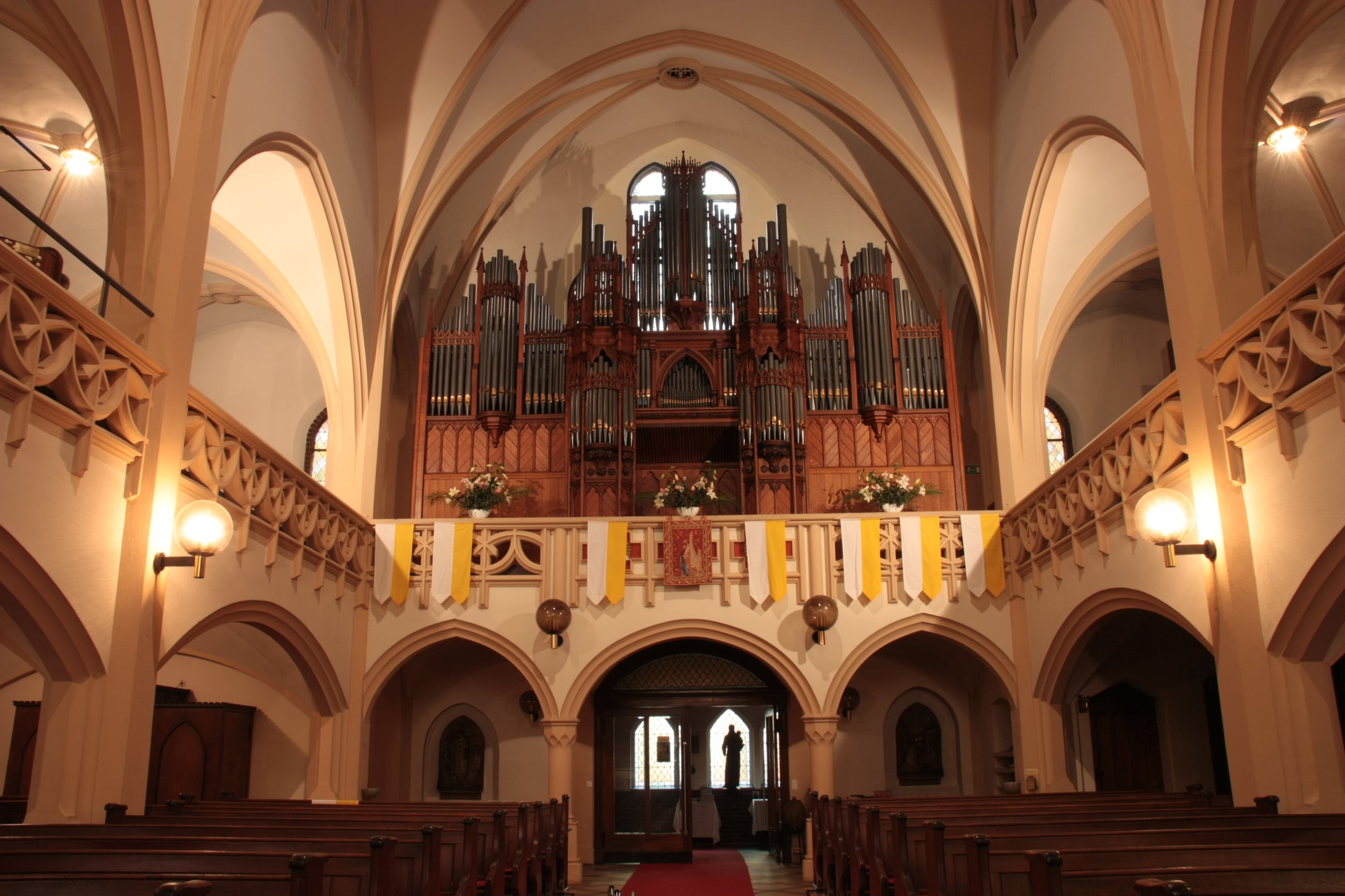
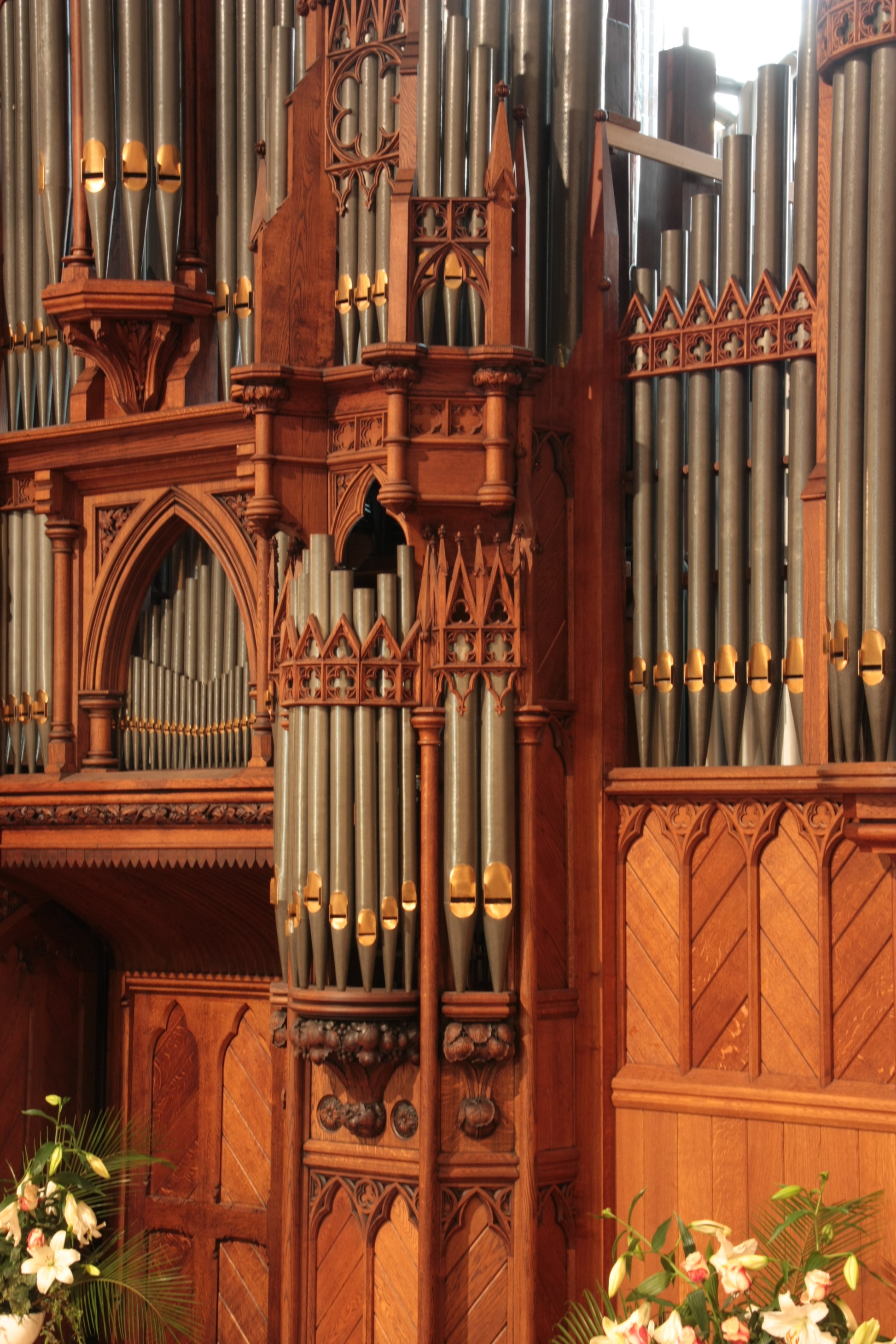

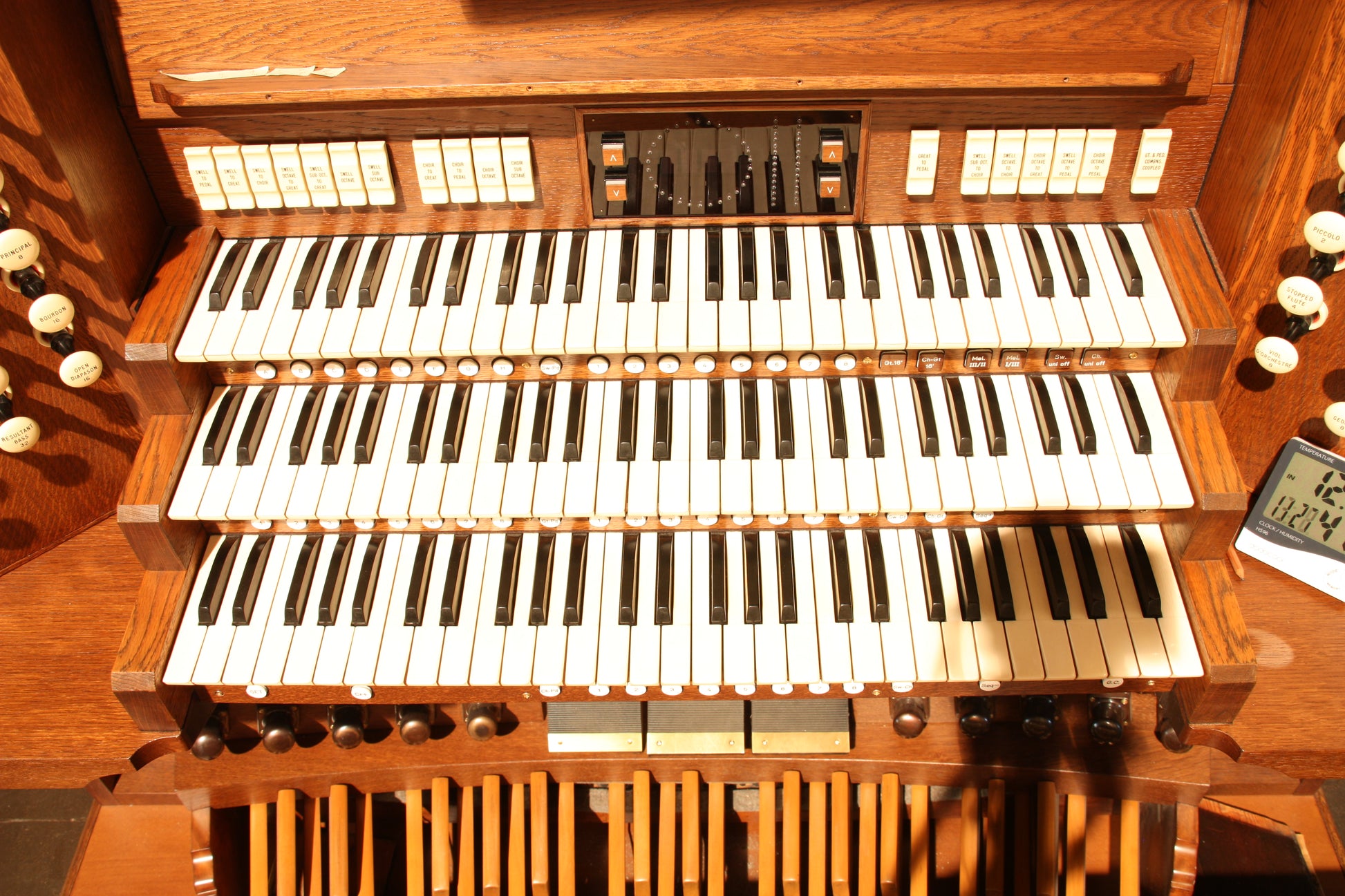

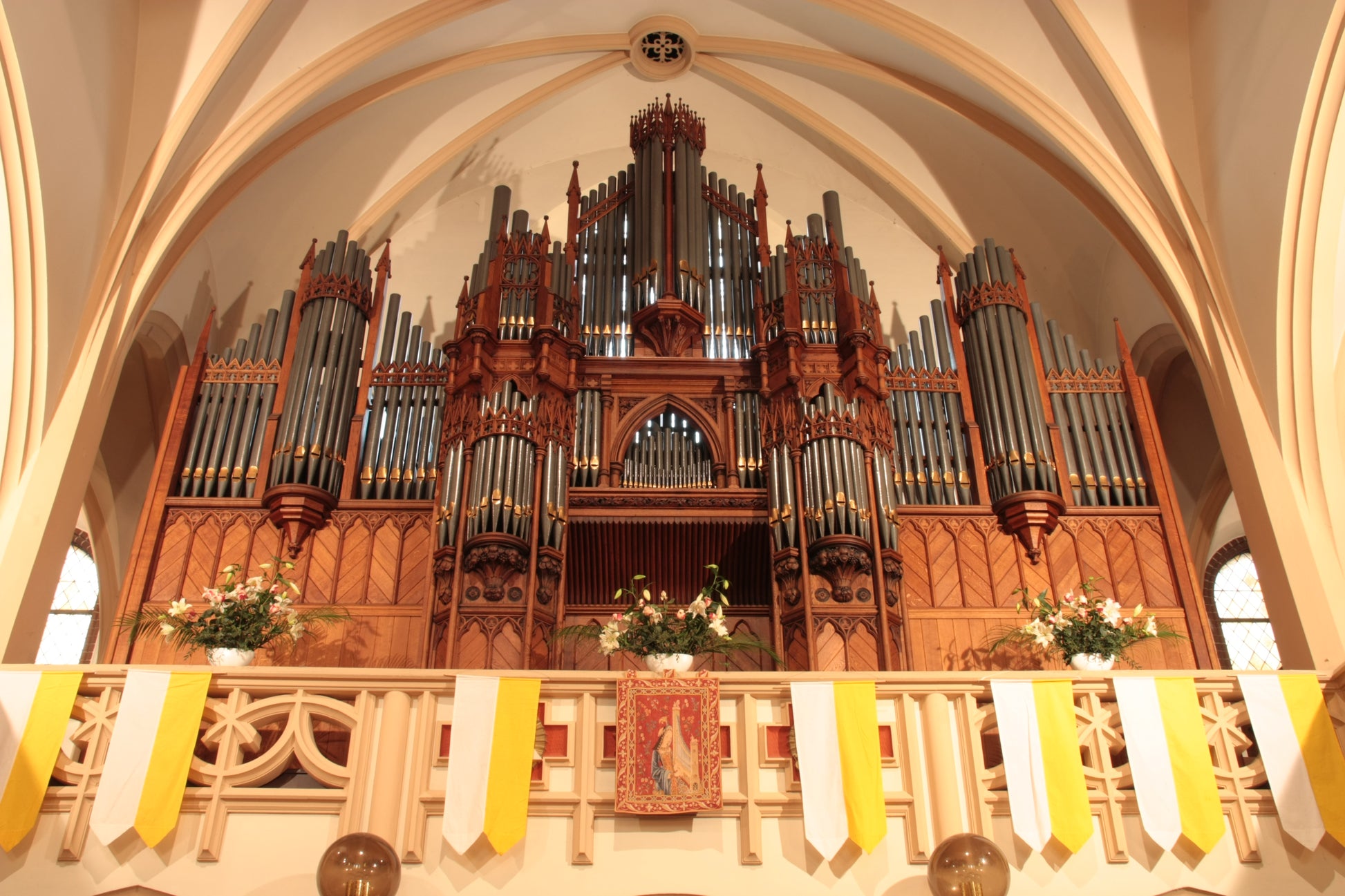
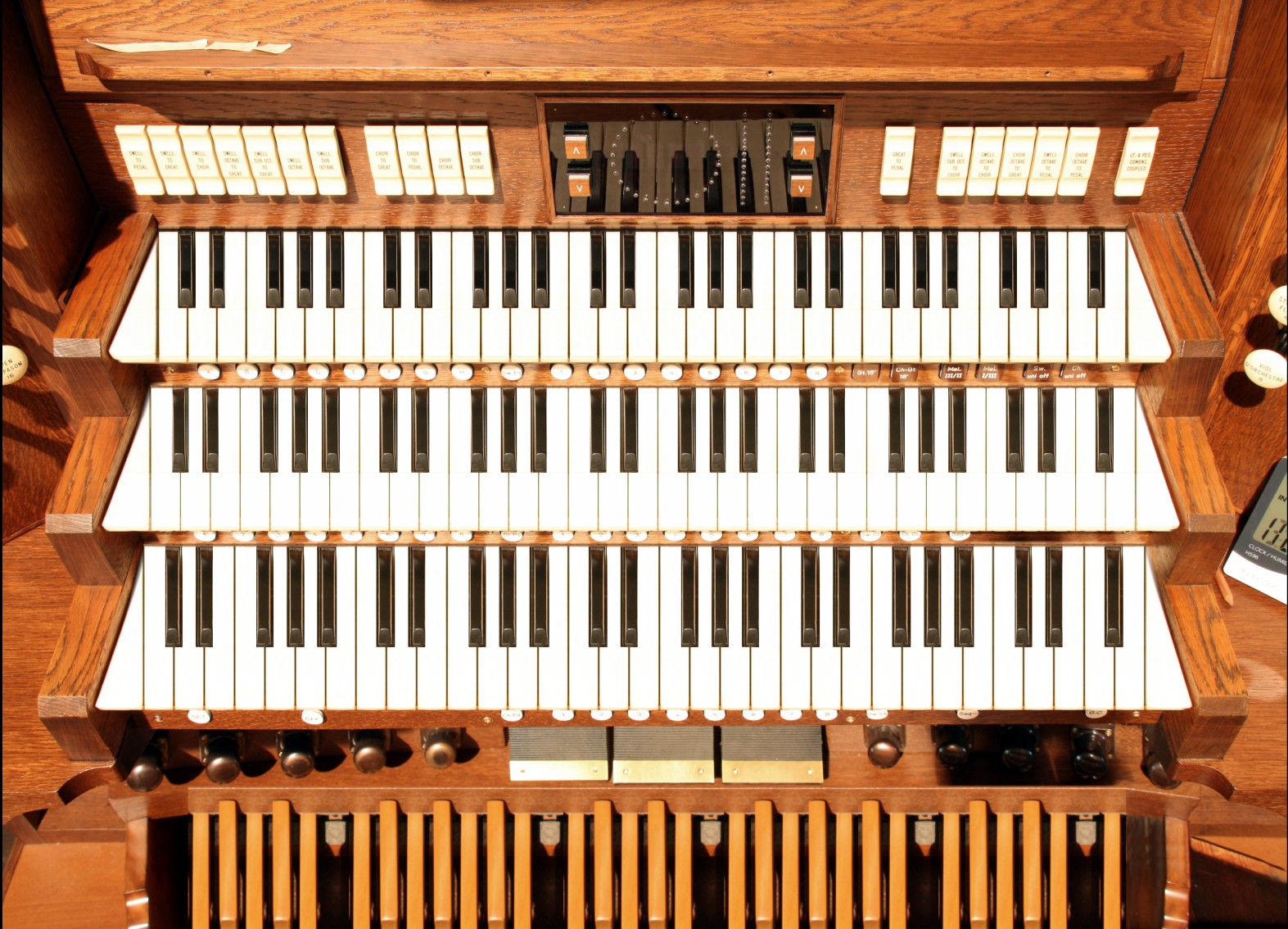
![Schwerin, Dom, Ladegast Organ 1871 [Hauptwerk]](http://artful.shop/cdn/shop/files/ladegast1.jpg?v=1759140126&width=533)
![Segovia, 1772 [Obra maestra]](http://artful.shop/cdn/shop/files/ss_segovia1.jpg?v=1714213906&width=533)
![Groninga, 1450-1740 [Obra principal]](http://artful.shop/cdn/shop/files/ss_Groningen1.jpg?v=1693275425&width=533)
![San Maximin, 1775 [Obra principal]](http://artful.shop/cdn/shop/files/ss_maximin1.jpg?v=1692902597&width=533)
![Reuter, 1928 [Obra principal]](http://artful.shop/cdn/shop/files/ss_Reuter1.jpg?v=1693321024&width=533)
![Casavant, 1995 [Obra principal]](http://artful.shop/cdn/shop/files/ss_casavant1.jpg?v=1693319885&width=533)
![Rotterdam Hoofdorgel, 1973 [Hauptwerk]](http://artful.shop/cdn/shop/files/ss_RotterdamMain1.jpg?v=1693279529&width=533)
![Piacenza, 1838 [Obra principal]](http://artful.shop/cdn/shop/files/ss_piacenza1.jpg?v=1693003521&width=533)
![Bückeburg, 1997 [Obra principal]](http://artful.shop/cdn/shop/files/ss_bueckeburg1.jpg?v=1692967628&width=533)
![Lüdingworth, 1683 [Obra principal]](http://artful.shop/cdn/shop/files/ss_luedingworth1.jpg?v=1692998051&width=533)